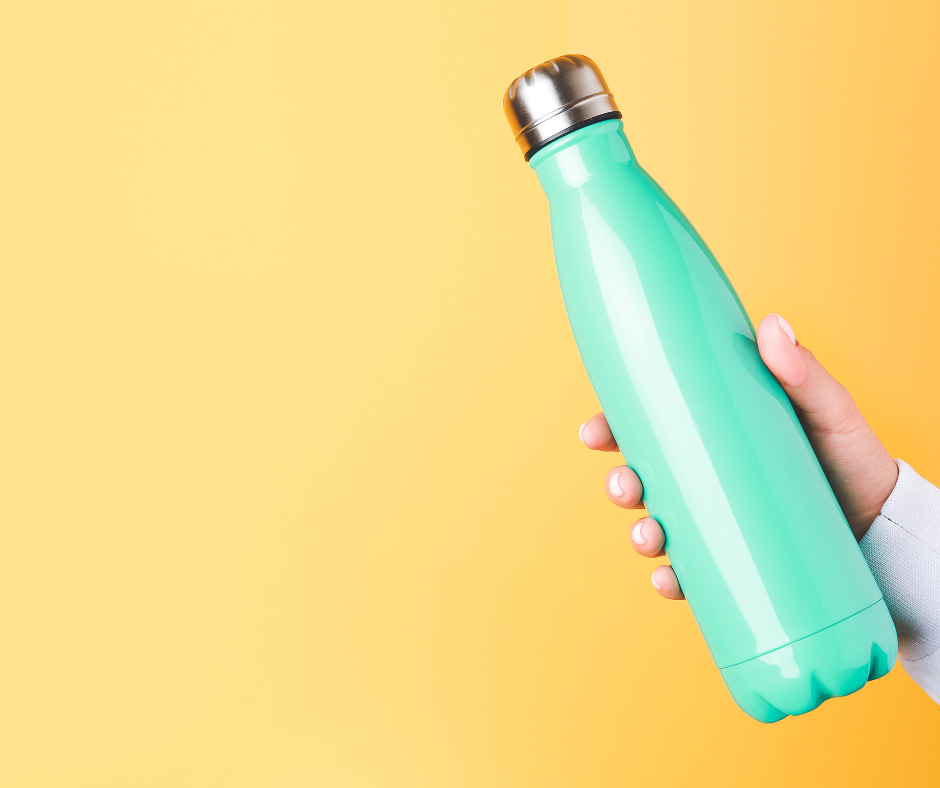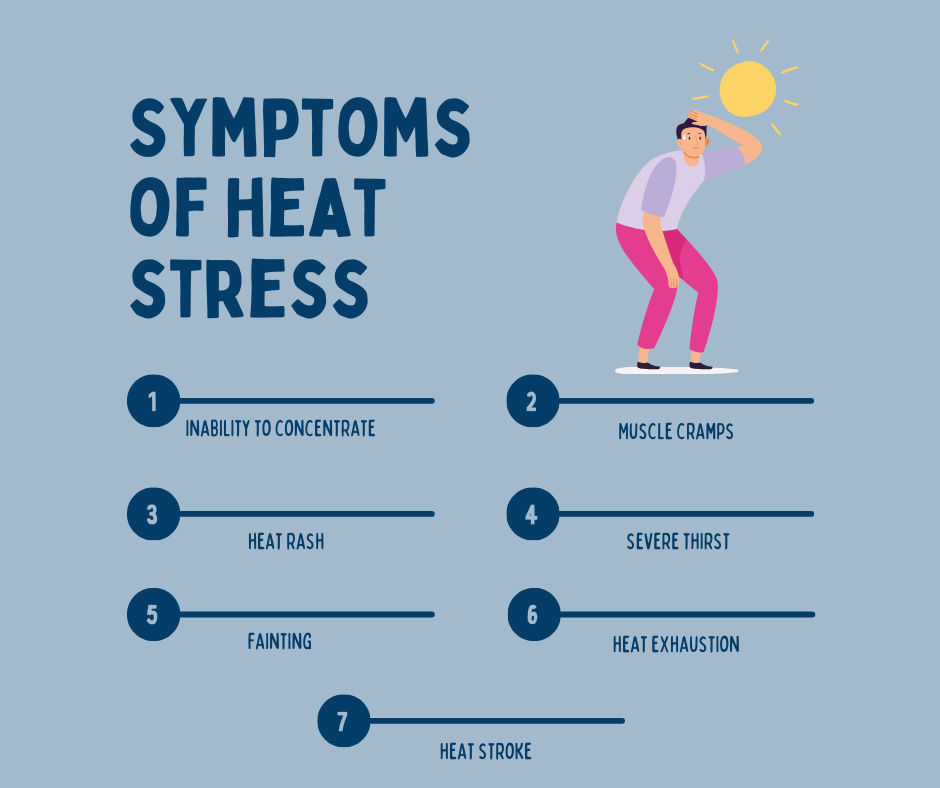 Last month, the HSE urged employers to take action to ensure their workers were protected from the heat during the summer months. During summer 2022, there was a surge in people seeking weather-related advice, with visits to the online hot weather working guidance increasing by almost a thousand percent.
Last month, the HSE urged employers to take action to ensure their workers were protected from the heat during the summer months. During summer 2022, there was a surge in people seeking weather-related advice, with visits to the online hot weather working guidance increasing by almost a thousand percent.
With this in mind, keep reading to make sure you’re doing everything you can to keep your workers safe.
What is the law for workplace temperatures?
There is no law regarding maximum temperature for workplaces – however, all workers are entitled to an environment where risks to their health and safety are properly controlled.
Heat is classed as a hazard however, and therefore comes with legal obligations much like all other hazards.
Employers must decide what a reasonable temperature should be in each workplace by:
- Assessing the risk
- Act on any findings and put controls in place (this includes temporary and seasonal measures)
- Consulting the Heat Stress Checklist available on the HSE website
How do you keep staff safe in heat?
 Indoor workplaces in hot temperatures:
Indoor workplaces in hot temperatures:
For indoor workplaces, the following measures could be used in hot temperatures:
- Fans
- Working windows
- Resting facilities
- Moving workstations away from direct sunlight
- Offering flexible working to complete work during the cooler hours of the day
- Free drinking water access
- Weather appropriate PPE
PPE:
PPE can contribute to an increase in body heat as it reduces the body’s ability to evaporate sweat. This could potentially cause a risk of increased heat stress for employees with high work rates.
When PPE is required employers should:
- Allow slower work rates
- Rotate staff more frequently
- Allow longer recovery times
- Provide facilities for PPE to be dried
- Scheduling work at cooler times of the day
- Review RA to see if alternative/automated systems can be introduced
- Re-evaluate equipment
Dehydration:
Dehydration when working in hot conditions can seriously affect a worker’s health and ability to function safely.
Reducing the risks of dehydration:
- Encourage workers to frequently drink cool water
- It is better to drink in small amounts to compensate for the effects of sweating
- Don’t rely on workers saying they are thirsty– not a good indication of dehydration, more of an early sign that they are starting to become dehydrated
- When working at a high rate in heat stress conditions, workers should drink around 250ml every 15 mins
- Those workers exposed to heat stress conditions should be encouraged to adequately hydrate before they come to work
What is heat stress in the workplace?
 Heat stress occurs when the body’s way of controlling its internal temperatures starts to fail. As well as air temperature, factors such as work rate, humidity, and clothing may lead to heat stress.
Heat stress occurs when the body’s way of controlling its internal temperatures starts to fail. As well as air temperature, factors such as work rate, humidity, and clothing may lead to heat stress.
Typical symptoms of heat stress:
- Inability to concentrate
- Muscle cramps
- Heat rash
- Severe thirst
- Fainting
- Heat exhaustion- fatigue, dizziness, nausea, headache, moist skin
- Heat stroke- hot dry skin, confusion, convulsions, and eventual loss of consciousness (can lead to death if not detected early!)
How to assess heat stress risks?
When assessing heat stress risks, you should consider:
- Work rate – the harder someone works the more body heat generated
- Working climate – includes air temperature, humidity, air movement, and working near a heat source
- Work clothing and PPE – these may prevent sweating and other ways of regulating temperature
- A worker’s age, body type, and medical factors, which could all affect their tolerance to heat
Potential control measures to combat heat stress risks include:
- Controlling the temperature
- Limiting work rate and length of exposure
- Preventing dehydration
- Appropriate PPE
- Training
- Acclimatisation
- Monitoring health
How can WA Management help?
WA Management can offer expert advice, assist with method statements and work with you to create bespoke risk assessments – get in touch to learn more!

Other risks in summer include an increased risk of substance abuse, and better conditions for Legionella growth. Alcohol and Drug Awareness & Legionella training courses are essential tools in reducing the risk of these health and safety hazards. Make sure you don’t miss out on our 10% off deal on these courses, available until the end of July. Simply enter the code ‘summer10’ at checkout to save!
Read more Consultant’s blogs here.
To keep up to date with the latest health & safety news and advice, follow us on social media:
